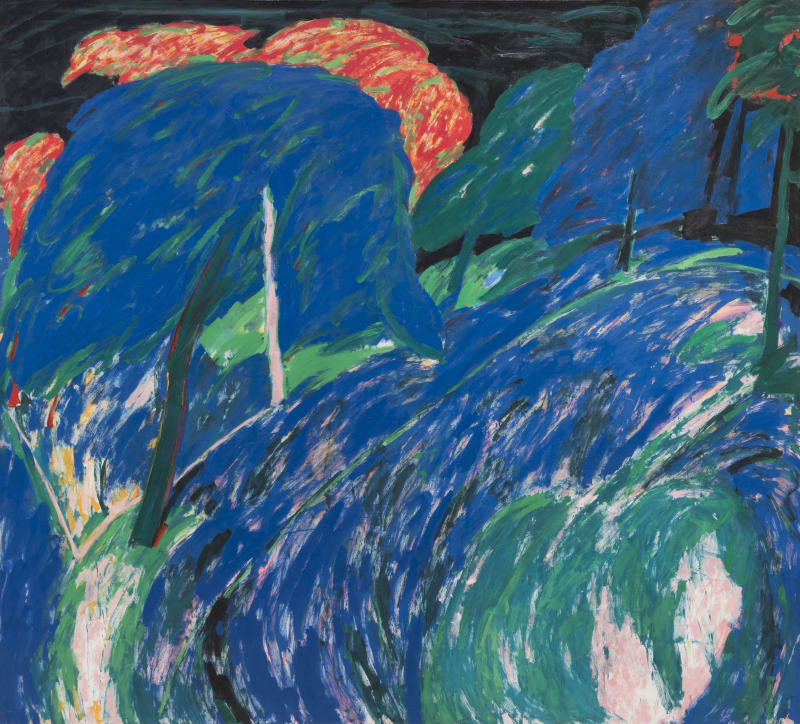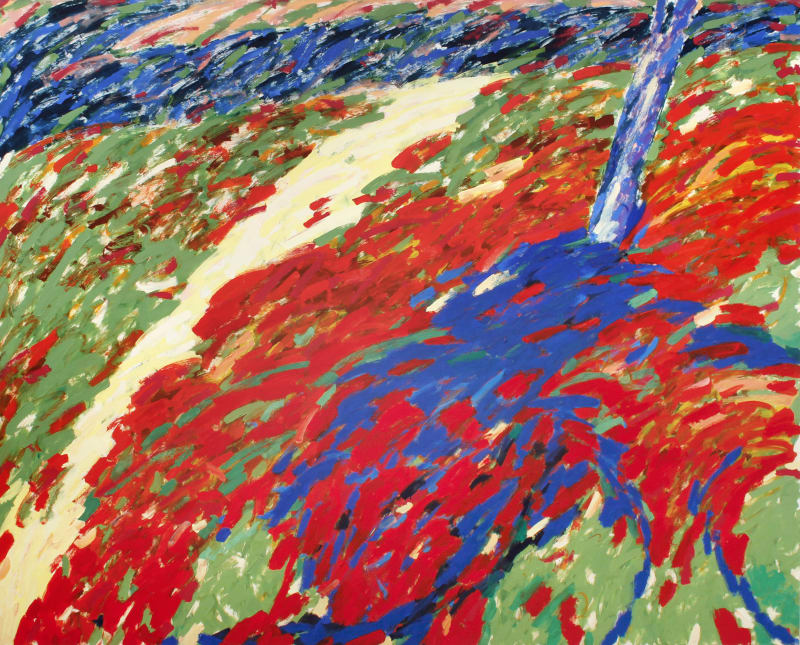
William Crozier
Biography
WILLIAM CROZIER (HRHA) (1930-2011)
Intensely vibrant, the work of William Crozier is characterised by bold symbols, patterns and abstracted planes of colour. Crozier explored the themes of landscape and still life with enduring enthusiasm throughout his life. His depictions of the Mediterranean, Irish and English countryside summon the powerful experience of nature, while his modest tabletop arrangements are rendered with a bold monumentality that extends beyond the domestic proportions of the still life genre. Crozier’s paintings are charged with energetic brushstrokes and a dramatic and joyful appreciation of colour.
Crozier was born in Scotland and educated at Glasgow School of Art from 1949—53. On graduating he settled in London where he established a reputation as one of the most avant-garde artists of his time through solo exhibitions at the ICA, Drian and Tooth Galleries. Crozier’s peripatetic life took him to Dublin and Paris in the 1950s, then to Andalusia in 1963, locations which proved central to his development as an artist. He became an Irish citizen in 1973. From the early 1980s until his death in 2011 he had a long and successful exhibiting career, dividing his time between West Cork and Hampshire. He took pride in describing himself as a European citizen and allied himself, and his work, consciously with European art and thought. He represented Ireland and the UK overseas, and in 2017 the Irish Museum of Modern Art mounted a two-part retrospective of his work in Dublin and Cork. He was elected to Aosdána in 1992 and was an honorary member of the Royal Hibernian Academy. William Crozier’s work can be seen in the national galleries of Ireland, Canada, Poland and Australia, Tate, London and other major collections in Ireland and the UK.
Flowers Gallery represents the William Crozier Estate.


















